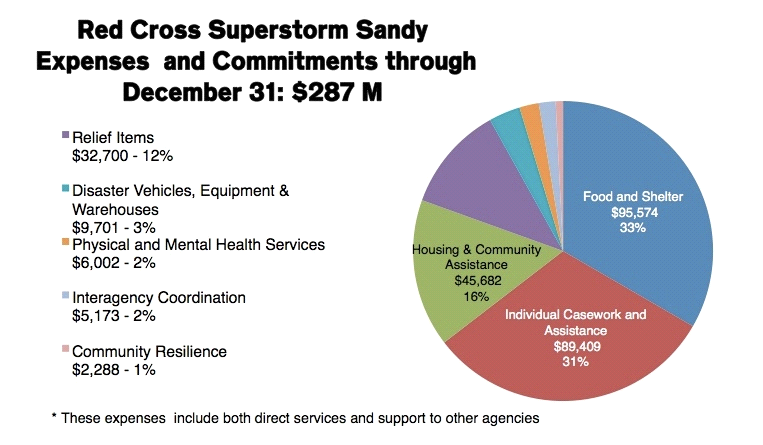Putting Planning and Mitigation Into Action
Here at the Center for Disaster Philanthropy we frequently write and speak about the need to focus on the “full arc of disasters.”By that we mean to encourage more philanthropic attention to activities before and after a disaster strikes and beyond the current concentration on the relief elements of disasters (when the TV cameras are giving us dramatic images of death and destruction).We believe that better planning, preparation and mitigation before disaster strikes can save untold thousands of lives and millions in property damage. Likewise, if more private donor attention is given to rebuilding, recovery and resilience, we can rebuild people’s lives and communities much quicker, at lower expense and with much less anguish.
Recent stories from New York in the New York Times and Wall Street Journal included solid examples of what we mean when we mention better planning and mitigation. In Albany, New York Gov. Andrew Cuomo announced he would spend $16 billion in federal aid to make the state’s infrastructure better prepared for future storms. Among a long list, Gov. Cuomo announced plans to repair or replace more than 100 bridges that were vulnerable to flooding.The governor also pledged to spend $5 billion to fortify transit infrastructure like subway tunnels and bus and rail yards and provide large inflatable plugs that can cover subway entrances.
The state will also spend $19 million to build 125 interconnected weather stations that would provide real-time data on air, wind, soil and radiation conditions in order to help the state plan responses quicker.Another $257 million will bring tide gates and emergency generators to the city’s airports, including a flood wall at La Guardia Airport. Furthermore, $47 million will be spent on backup power for gas stations.
The Wall Street Journal observed, “Mr. Cuomo’s most unorthodox idea may be the College of Emergency Preparedness, Homeland Security and a new college, part of the SUNY system, to train students on responding to natural disasters and learning counterterrorism strategies.”
Extreme weather is the new reality
And in one of the more fascinating items, the Governor recognized that the real “first responders” in any disaster are you, me and our neighbors. A new program will attempt to recruit 100,000 volunteers to participate in a “Citizen Corps.”” These first-responder volunteer participants receive special training and tools.
The Governor of New York seems to have learned a few lessons from Sandy and is not just talking about disasters but doing something to make sure New York’s response is better during the next disaster.“Extreme weather is the new reality, like it or not,” Gov. Cuomo said. “And we have to deal with it.”
We applaud the focus on future preparedness that has arisen this past week and are hopeful that the ideas and issues set forth in New York will come to fruition. If you or your organization is undertaking preparedness or recovery work, I hope you will write to me to tell me about it. Send me an email at bob.ottenhoff@diasterphilanthropy.org.
More like this

